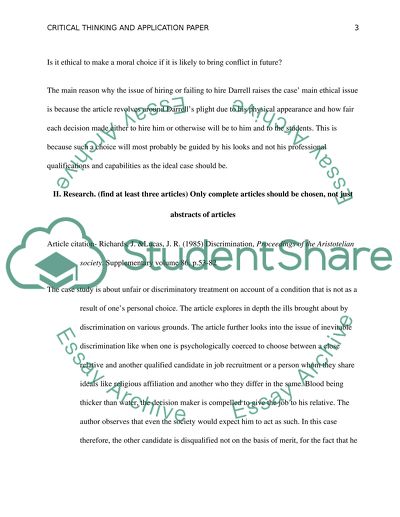Cite this document
(“Critical Thinking & Application Paper - Case Study Essay”, n.d.)
Critical Thinking & Application Paper - Case Study Essay. Retrieved from https://studentshare.org/philosophy/1459445-critical-thinking-application-paper-case-study
Critical Thinking & Application Paper - Case Study Essay. Retrieved from https://studentshare.org/philosophy/1459445-critical-thinking-application-paper-case-study
(Critical Thinking & Application Paper - Case Study Essay)
Critical Thinking & Application Paper - Case Study Essay. https://studentshare.org/philosophy/1459445-critical-thinking-application-paper-case-study.
Critical Thinking & Application Paper - Case Study Essay. https://studentshare.org/philosophy/1459445-critical-thinking-application-paper-case-study.
“Critical Thinking & Application Paper - Case Study Essay”, n.d. https://studentshare.org/philosophy/1459445-critical-thinking-application-paper-case-study.


